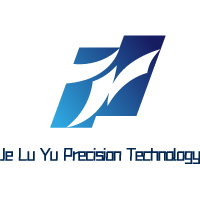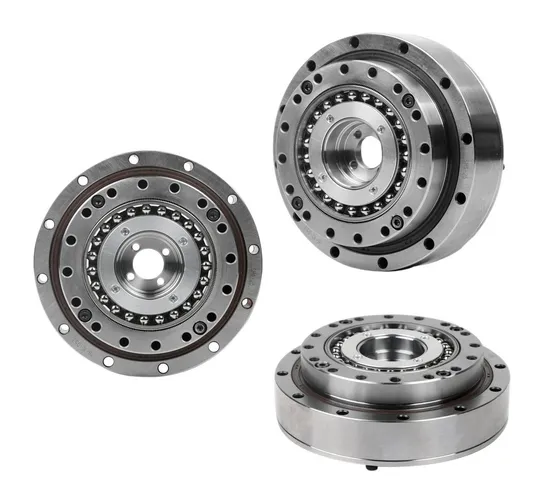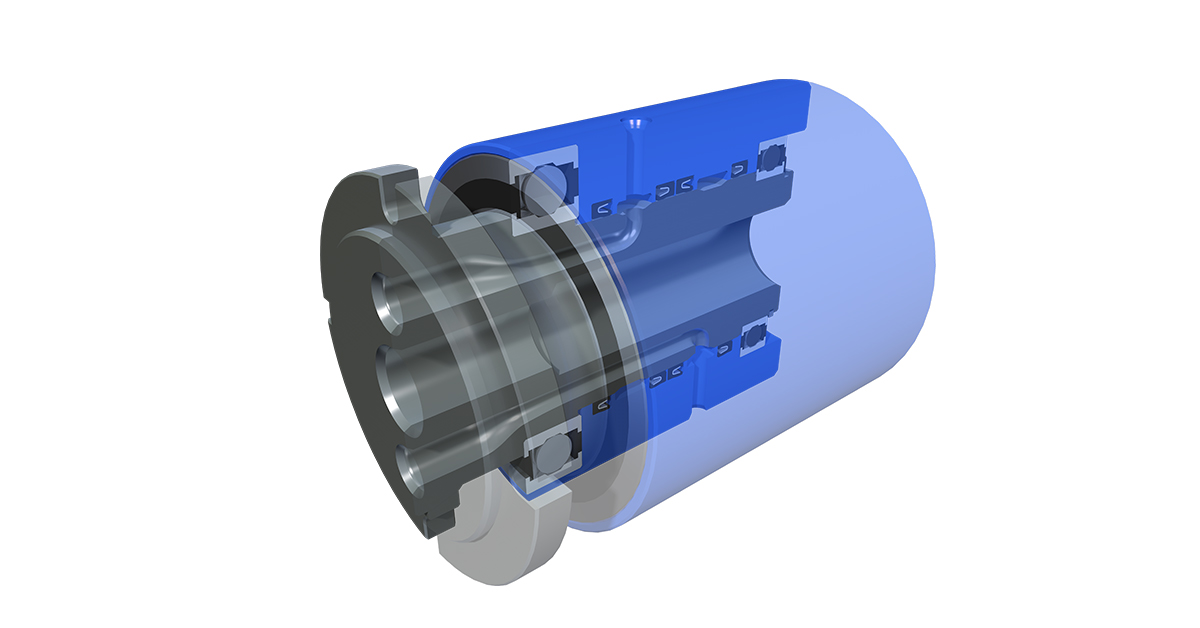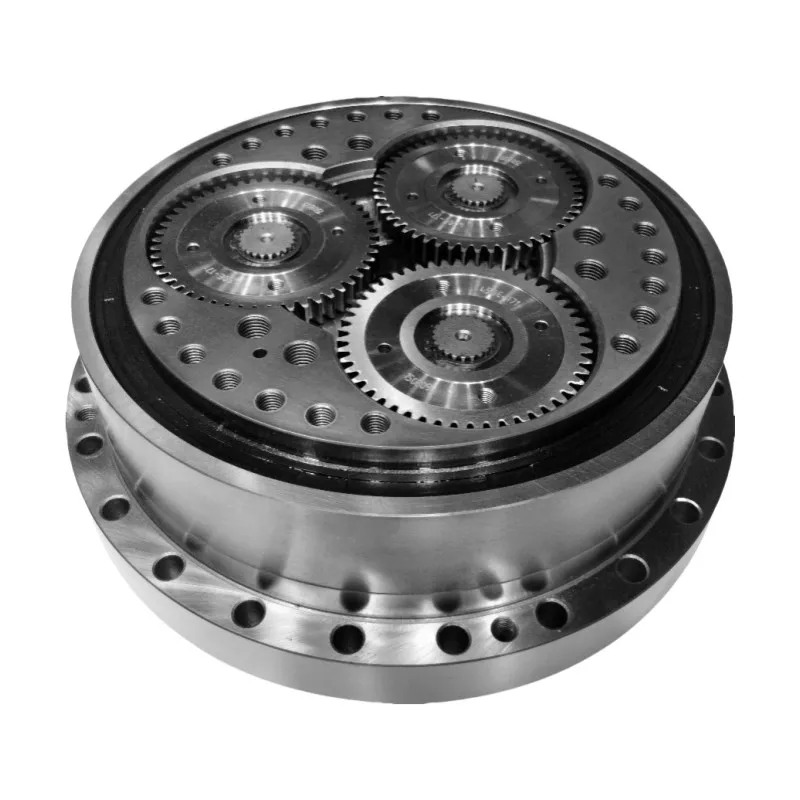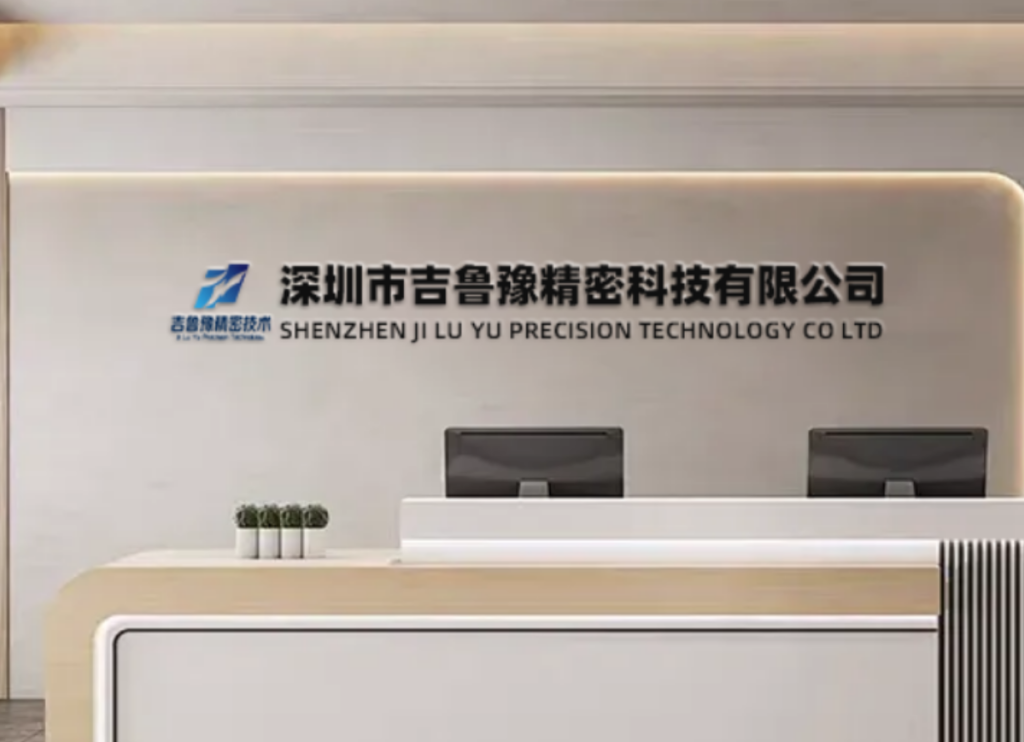7 Critical Advantages of Harmonic Drive Robot Technology in Modern Automation
Introduction: Revolutionizing Precision Motion Control
In the rapidly advancing field of industrial robotics, precision motion control stands as the cornerstone of performance and reliability. Among the various technologies enabling this precision, harmonic drive robot systems have emerged as a transformative solution for applications demanding exceptional accuracy, compact design, and reliable operation. These sophisticated mechanical transmission systems have redefined the possibilities in robotic design, enabling breakthroughs in fields ranging from microsurgery to aerospace manufacturing.
As specialists in precision CNC machining, JLYPT has cultivated extensive expertise in manufacturing critical components for harmonic drive robot applications. This comprehensive analysis examines seven fundamental advantages that make harmonic drive technology indispensable in modern robotics, while exploring the advanced manufacturing techniques that ensure optimal performance in demanding applications.
1. Fundamental Principles of Harmonic Drive Technology
1.1 The Unique Operating Mechanism
Harmonic drive robot systems operate on a fundamentally different principle than conventional gear systems. The technology utilizes a compliant mechanics approach comprising three key components:
-
Wave Generator: The elliptical input component that creates the wave motion
-
Flex Spline: The thin-walled flexible cup with external teeth that deforms elliptically
-
Circular Spline: The rigid ring with internal teeth that remains stationary or acts as output
The magic of harmonic drive robot technology lies in the precise deformation of the Flex Spline. As the Wave Generator rotates, it creates a traveling wave that causes the Flex Spline teeth to engage with the Circular Spline teeth at two diametrically opposite regions. With each complete rotation of the Wave Generator, the Flex Spline moves backward by the difference in tooth count between the Flex Spline and Circular Spline.
This unique operating principle enables harmonic drive robot systems to achieve remarkable reduction ratios in a single stage, typically ranging from 30:1 to 320:1. The high reduction ratios, combined with minimal moving parts, create an exceptionally efficient and compact transmission system ideal for space-constrained robotic applications.
1.2 Historical Development and Evolution
The development of harmonic drive robot technology dates back to the mid-20th century, when inventor Walton Musser first demonstrated the principle at the United States Army’s Picatinny Arsenal in 1957. Musser’s breakthrough came from recognizing that controlled elastic deformation could be harnessed for precise power transmission, fundamentally challenging the conventional approach of using rigid body mechanics for gearing systems.
Over subsequent decades, harmonic drive robot technology evolved through several generations:
First Generation (1960s-1970s): Initial applications focused primarily on aerospace and military systems, where the compact size and high precision justified the manufacturing complexity and cost.
Second Generation (1980s-1990s): Advancements in materials science and manufacturing technologies enabled broader industrial adoption, particularly in semiconductor manufacturing and precision automation equipment.
Third Generation (2000s-Present): The robotics revolution drove significant innovations in harmonic drive robot technology, with emphasis on higher torque density, improved longevity, and cost-effective manufacturing approaches.
2. Critical Advantages of Harmonic Drive Robot Systems
2.1 Zero Backlash Performance
The most celebrated advantage of harmonic drive robot systems is their ability to achieve and maintain near-zero backlash throughout their operational life. This characteristic stems from the preloaded engagement between the Flex Spline and Circular Spline teeth, which eliminates clearance between mating components.
Technical Implementation:
In precision CNC-manufactured harmonic drive robot components, backlash values typically measure below 5 arc-seconds, with high-performance units achieving values under 1 arc-second. This exceptional performance results from:
-
Precision Tooth Profile Manufacturing: CNC gear grinding achieves tooth profiles with micron-level accuracy
-
Controlled Deformation Characteristics: Precise material selection and heat treatment ensure consistent Flex Spline behavior
-
Optimized Preload Engineering: Calculated interference fits maintain constant tooth engagement
The zero-backlash characteristic proves particularly valuable in applications requiring:
-
High-precision positioning in robotic welding and assembly
-
Accurate trajectory following in CNC machinery
-
Precise force control in surgical robotics
-
Vibration-free operation in optical positioning systems
2.2 Exceptional Torque Density
Harmonic drive robot technology delivers extraordinary torque-to-weight and torque-to-volume ratios, enabling the design of more compact and powerful robotic systems. The distributed load sharing across multiple simultaneously engaged teeth allows for remarkably high torque transmission in minimal spaces.
Comparative Torque Density Analysis:
| Transmission Type | Typical Torque Density (Nm/kg) | Volume Efficiency (Nm/cm³) | Maximum Ratio (Single Stage) |
|---|---|---|---|
| Harmonic Drive | 150-400 | 25-60 | 320:1 |
| Planetary Gear | 80-180 | 15-35 | 12:1 |
| Cycloidal Drive | 120-280 | 20-45 | 100:1 |
| Spur Gear Set | 40-100 | 8-20 | 8:1 |
The data demonstrates that harmonic drive robot systems typically provide 50-100% higher torque density than comparable planetary gear systems, while achieving substantially higher reduction ratios in a single stage. This advantage translates directly to smaller, lighter robotic joints with equivalent or superior performance characteristics.
2.3 High Positional Accuracy and Repeatability
The elastic nature of the Flex Spline in harmonic drive robot systems creates inherent vibration damping and eliminates tooth-to-tooth clearance variations that plague conventional gear systems. This results in exceptional positional accuracy and repeatability, typically within ±30 arc-seconds or better for precision units.
Accuracy Enhancement Factors:
-
Torsional Stiffness: High torsional stiffness (typically 1-5 MNm/rad) ensures minimal angular deflection under load
-
Minimal Hysteresis: The monolithic Flex Spline construction eliminates cumulative clearance errors
-
Thermal Stability: Precision manufacturing ensures consistent performance across operational temperature ranges
Applications benefiting from this precision include:
-
Semiconductor wafer handling robots
-
Aerospace component manufacturing
-
Laser cutting and welding systems
-
Coordinate measuring machines
-
Telescope and antenna positioning systems
3. Advanced CNC Manufacturing Techniques for Harmonic Drive Components
3.1 Flex Spline Manufacturing Excellence
The Flex Spline represents the most critical and challenging component in any harmonic drive robot system. Its unique combination of requirements—high flexibility for deformation, exceptional fatigue resistance, and precise tooth geometry—demands sophisticated manufacturing approaches.
Material Selection Strategy:
| Material Grade | Applications | Heat Treatment | Fatigue Strength | Key Advantages |
|---|---|---|---|---|
| 40CrNiMoA | Standard industrial robots | Quench and temper | 500-600 MPa | Excellent toughness and fatigue resistance |
| 30CrMnSiA | High-performance robotics | Carburizing | 550-650 MPa | Superior surface hardness and wear resistance |
| PH17-4 | Medical and corrosive environments | Precipitation hardening | 450-550 MPa | Corrosion resistance and good strength |
| Ti-6Al-4V | Aerospace and weight-critical applications | Solution treatment and aging | 600-700 MPa | Exceptional strength-to-weight ratio |
CNC Machining Process:
The manufacturing of Flex Splines employs multi-axis CNC machining centers with capabilities for:
-
Simultaneous 5-Axis Milling: Complex internal and external geometries are machined in single setups to maintain concentricity and wall thickness consistency
-
High-Speed Machining (HSM): Specialized tool paths and cutting parameters minimize residual stresses in the thin-walled sections
-
Adaptive Machining Strategies: Real-time tool path adjustments compensate for material deformation during machining
Critical Quality Parameters:
-
Wall thickness uniformity: ±0.01mm tolerance
-
Tooth profile accuracy: AGMA Class 12 or better
-
Surface finish: Ra 0.4μm or better on tooth flanks
-
Roundness: 0.005mm maximum deviation
3.2 Wave Generator Manufacturing Precision
The Wave Generator’s elliptical profile must maintain exceptional geometric accuracy while providing a reliable bearing mounting surface. CNC machining processes for Wave Generators include:
-
Precision Boring and Turning: CNC lathes with live tooling capabilities machine the complex profiles with minimal runout
-
Profile Grinding: Specialized CNC grinding machines with CBN wheels achieve the required elliptical geometry and surface finish
-
Dynamic Balancing: High-speed balancing ensures vibration-free operation at rated speeds
3.3 Circular Spline Manufacturing
Though geometrically simpler than other components, the Circular Spline demands exceptional dimensional stability and precise tooth geometry. Manufacturing approaches include:
-
Precision Gear Hobbing: CNC gear hobbling machines with temperature-controlled environments maintain pitch accuracy
-
Internal Gear Grinding: For hardened components, internal gear grinding achieves final dimensions and tooth geometry
-
Stress-Relief Heat Treatment: Intermediate thermal processes minimize distortion during manufacturing
4. Material Science and Heat Treatment Innovations
4.1 Advanced Material Technologies
The demanding requirements of harmonic drive robot components have driven significant innovations in material science. Modern harmonic drives utilize specialized alloys engineered for specific performance characteristics:
Fatigue-Resistant Alloys:
Flex Splines require materials with exceptional fatigue endurance limits, typically achieved through:
-
Vacuum arc remelting (VAR) for ultra-clean steel with minimal inclusions
-
Controlled grain structure through precise thermal mechanical processing
-
Micro-alloying with elements like vanadium and niobium for grain refinement
Surface Engineering:
Critical component surfaces benefit from advanced treatments:
-
Low-temperature plasma nitriding for enhanced surface hardness without distortion
-
Diamond-like carbon (DLC) coatings for reduced friction and wear
-
Physical vapor deposition (PVD) coatings for improved corrosion resistance
4.2 Precision Heat Treatment
The thermal processing of harmonic drive robot components requires exceptional control to achieve the desired mechanical properties while minimizing distortion:
Flex Spline Heat Treatment:
-
Austenitizing: Precise temperature control within ±5°C ensures consistent transformation
-
Quenching: High-pressure gas quenching provides uniform cooling with minimal distortion
-
Tempering: Multiple tempering cycles optimize the toughness-hardness balance
Process Control Parameters:
-
Atmosphere composition control in furnace environments
-
Real-time temperature monitoring with multiple thermocouples
-
Automated load handling to minimize variation between batches
-
Comprehensive documentation for traceability and quality assurance
5. Quality Assurance and Testing Protocols
5.1 Comprehensive Metrology
The verification of harmonic drive robot components employs advanced measurement technologies:
Coordinate Measuring Machines (CMM):
-
Scanning probes capture complete geometric profiles
-
Temperature-controlled environments ensure measurement stability
-
Automated measurement routines provide consistent data collection
Specialized Gear Measurement:
-
CNC gear testers verify tooth profile, lead, and pitch accuracy
-
Surface roughness testers quantify surface finish parameters
-
Roundness testers measure circular geometry deviations
5.2 Performance Validation
Harmonic drive robot assemblies undergo rigorous performance testing:
Efficiency Testing:
-
Input-output torque measurement with precision load cells
-
Speed-torque characterization across operating range
-
Thermal imaging to identify heat generation patterns
Durability Testing:
-
Accelerated life testing with overload conditions
-
Continuous operation monitoring for performance degradation
-
Teardown analysis to identify wear mechanisms
Environmental Testing:
-
Thermal cycling to verify performance across temperature extremes
-
Vibration testing to ensure reliability in dynamic environments
-
Contamination resistance testing for industrial applications
6. Application Case Studies
Case Study 1: Surgical Robotic System
Challenge: A medical device company developing a minimally invasive surgical robot required compact joint actuators with exceptional precision and reliability. The design constraints included diameters under 40mm, zero detectable backlash, and smooth operation at very low speeds.
JLYPT Solution: We developed a custom harmonic drive robot actuator utilizing a PH17-4 stainless steel Flex Spline with precision ground tooth profiles. The manufacturing process incorporated multi-axis CNC machining with specialized fixturing to maintain thin-wall consistency. Heat treatment utilized vacuum furnace processing to achieve optimal mechanical properties with minimal distortion.
Results:
-
Achieved positional accuracy of ±15 arc-seconds
-
Maintained zero backlash through 10,000 operation cycles
-
Met all sterilization and biocompatibility requirements
-
Enabled more precise surgical manipulations with smoother motion profiles
Case Study 2: Aerospace Assembly Robot
Challenge: An aerospace manufacturer needed robotic positioning systems for composite material layup operations. The application demanded high torque capacity in a compact form factor, with exceptional reliability in continuous 24/7 operation.
JLYPT Solution: Our engineering team designed a heavy-duty harmonic drive robot actuator using 30CrMnSiA alloy steel with deep case carburizing. The manufacturing process included precision gear grinding after heat treatment to achieve AGMA Class 13 accuracy. Special attention was paid to sealing systems to prevent contamination in the composite material environment.
Results:
-
Achieved torque density of 380 Nm/kg
-
Maintained performance through 25,000 hours of continuous operation
-
Reduced maintenance requirements by 60% compared to previous planetary solutions
-
Improved positioning repeatability for consistent composite layup quality
Case Study 3: Semiconductor Handling Robot
Challenge: A semiconductor equipment manufacturer required cleanroom-compatible robots for wafer handling with minimal particle generation, high speed, and exceptional accuracy. The design needed to operate in vacuum environments with temperature variations from 20°C to 80°C.
JLYPT Solution: We developed a specialized harmonic drive robot actuator using titanium alloys for reduced outgassing and special surface treatments for cleanroom compatibility. The manufacturing process emphasized debris-free assembly techniques and specialized lubrication systems compatible with vacuum environments.
Results:
-
Achieved particle generation rates below Class 1 cleanroom requirements
-
Maintained positional accuracy within ±10 arc-seconds across temperature range
-
Enabled 30% faster wafer transfer cycles through higher acceleration capabilities
-
Reduced maintenance downtime by 75% through extended service intervals
7. Future Trends and Innovations
7.1 Emerging Technologies
The evolution of harmonic drive robot technology continues with several promising directions:
Additive Manufacturing Integration:
-
Selective laser melting (SLM) for complex cooling channel integration
-
Hybrid manufacturing approaches combining additive and subtractive processes
-
Customized lattice structures for optimized stiffness-to-weight ratios
Smart Drive Systems:
-
Integrated sensor systems for real-time performance monitoring
-
Embedded intelligence for predictive maintenance
-
Self-compensating designs that adjust for wear and thermal effects
Advanced Materials:
-
Carbon fiber composite Flex Splines for ultra-lightweight applications
-
Shape memory alloys for adaptive performance characteristics
-
Nanostructured materials for enhanced durability and reduced friction
7.2 Manufacturing Technology Advancements
The future of harmonic drive robot manufacturing includes:
Digital Twin Technology:
-
Virtual manufacturing process simulation and optimization
-
Real-time process monitoring with AI-driven parameter adjustment
-
Predictive quality assurance through machine learning algorithms
Sustainable Manufacturing:
-
Reduced energy consumption through process optimization
-
Recycling and reclamation of cutting fluids and materials
-
Extended tool life through advanced coating technologies
Conclusion: The Future of Precision Motion
Harmonic drive robot technology represents a pinnacle of precision engineering, combining sophisticated mechanical principles with advanced manufacturing techniques to deliver exceptional performance in demanding applications. The seven advantages explored—zero backlash, high torque density, exceptional accuracy, compact design, high efficiency, reliability, and coaxial configuration—establish harmonic drives as the preferred solution for applications where precision and performance cannot be compromised.
As manufacturing technologies continue to advance, the capabilities of harmonic drive robot systems will expand further, enabling new applications in fields ranging from renewable energy to personal robotics. The integration of smart technologies, advanced materials, and sustainable manufacturing practices will ensure that harmonic drive technology remains at the forefront of precision motion control.
At JLYPT, our commitment to manufacturing excellence ensures that every harmonic drive robot component we produce meets the highest standards of precision, reliability, and performance. Through continuous innovation and rigorous quality assurance, we enable our partners to push the boundaries of what’s possible in robotic automation and precision motion control.
For engineering teams seeking to leverage the advantages of harmonic drive technology in their applications, contact JLYPT today to discuss your specific requirements and discover how our manufacturing expertise can enhance your robotic systems.
